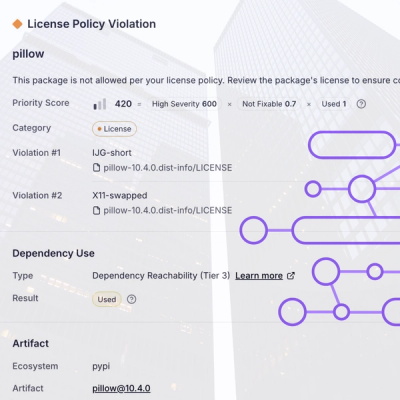
Research
/Security News
Critical Vulnerability in NestJS Devtools: Localhost RCE via Sandbox Escape
A flawed sandbox in @nestjs/devtools-integration lets attackers run code on your machine via CSRF, leading to full Remote Code Execution (RCE).
Running/online statistics for PyTorch.
torch_runstats implements memory-efficient online reductions on tensors.
Notable features:
pytorch_geometric-like batching scheme. (This feature is similar to torch_scatter.)Note: the implementations currently heavily uses in-place operations for peformance and memory efficiency. This probably doesn't play nice with the autograd engine — this is currently likely the wrong library for accumulating running statistics you want to backward through. (See TorchMetrics for a possible alternative.)
For more information, please see the docs.
torch_runstats requires PyTorch.
The library can be installed from PyPI:
$ pip install torch_runstats
The latest development version of the code can also be installed from git:
$ git clone https://github.com/mir-group/pytorch_runstats
and install it by running
$ cd torch_runstats/
$ pip install .
You can run the tests with
$ pytest tests/
pytorch_runstats is distributed under an MIT license.
FAQs
Running/online statistics for PyTorch
We found that torch-runstats demonstrated a healthy version release cadence and project activity because the last version was released less than a year ago. It has 2 open source maintainers collaborating on the project.
Did you know?

Socket for GitHub automatically highlights issues in each pull request and monitors the health of all your open source dependencies. Discover the contents of your packages and block harmful activity before you install or update your dependencies.

Research
/Security News
A flawed sandbox in @nestjs/devtools-integration lets attackers run code on your machine via CSRF, leading to full Remote Code Execution (RCE).

Product
Customize license detection with Socket’s new license overlays: gain control, reduce noise, and handle edge cases with precision.

Product
Socket now supports Rust and Cargo, offering package search for all users and experimental SBOM generation for enterprise projects.